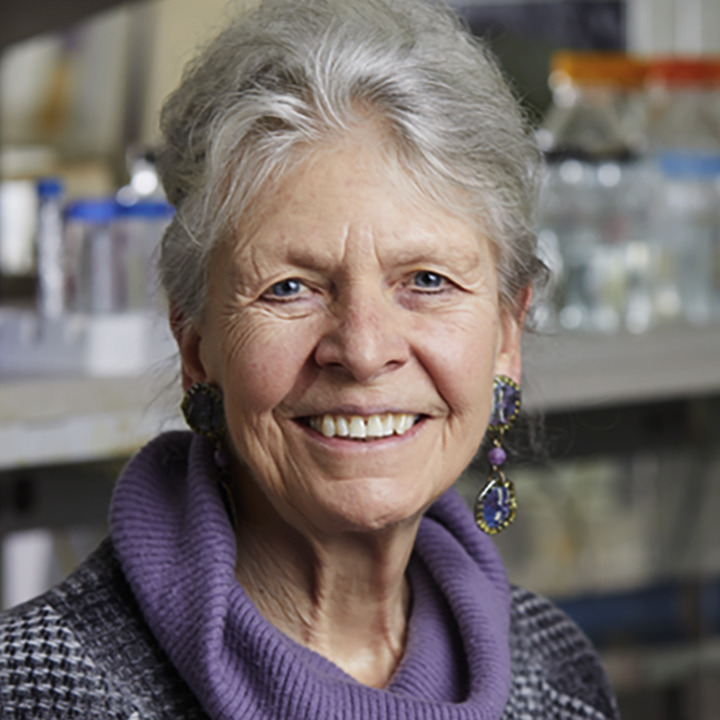Green Ports: Inland and Seaside Sustainable Transportation Strategies, Volume , 20 September 2018
Environmental Psychology and Human Well-Being, Effects of Built and Natural Settings, 2018, Pages 365-386
This viewpoint emphasizes gendered perspectives and reflects on gender roles for sustainability-focused governance. It argues that when considering gender in this context, not only equity, or power-plays between genders are at stake; in addition, for effective ocean governance, an irreducible contribution of female voices is necessary. Some key contributions of women in the field of ocean governance-related research are described as examples. If women, for instance, are not included in fisheries management, we miss the complete picture of social-ecological linkages of marine ecosystems.
Efforts to protect nature are facing a growing crisis, one that often revolves around the burgeoning impacts of roads and other infrastructure on biodiversity and ecosystems. Potential solutions are possible but they will involve serious trade-offs and the confrontation of deep misconceptions. Here, I identify some time-critical tactics to aid scientists in informing and influencing the global infrastructure debate.

